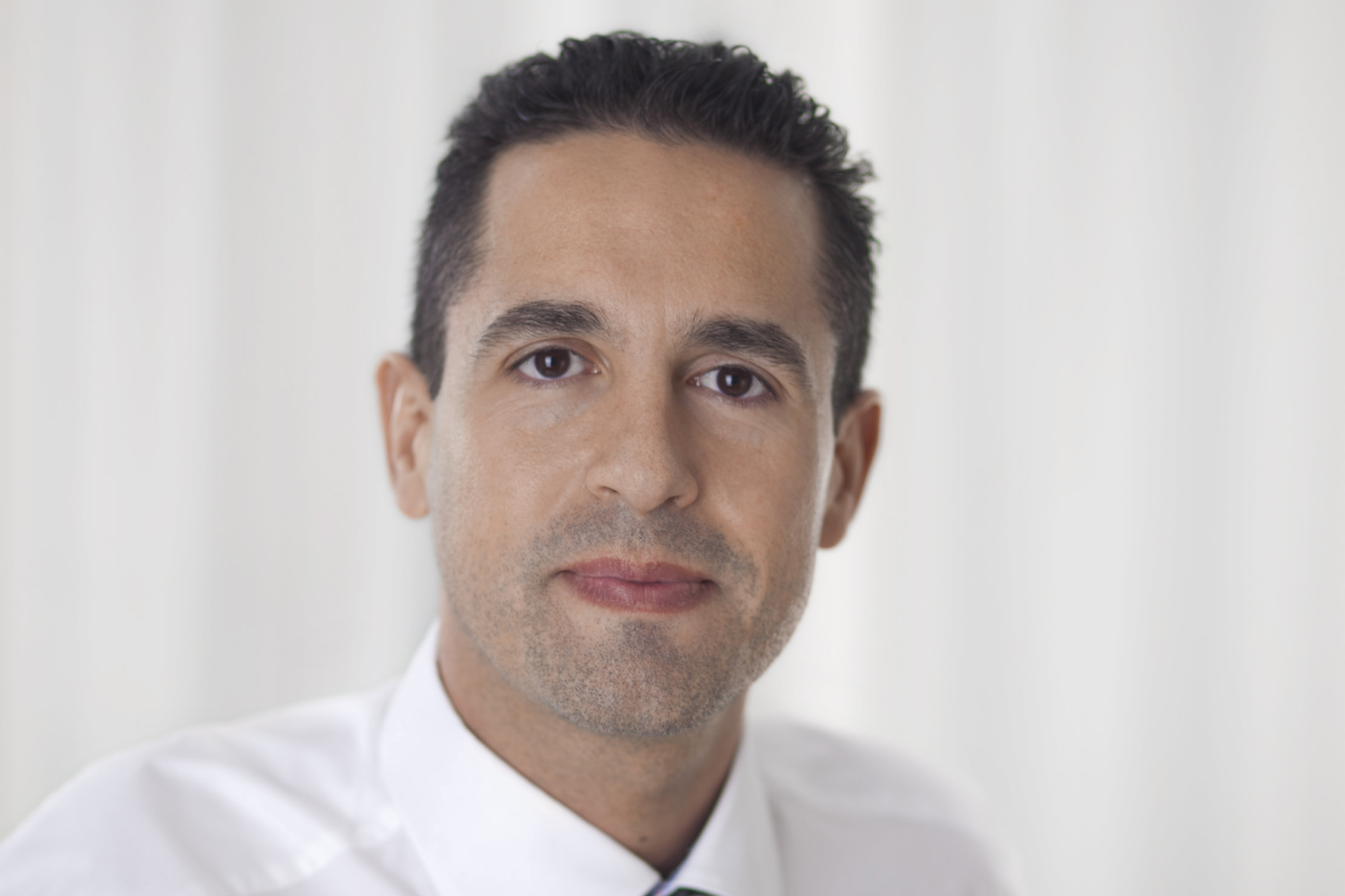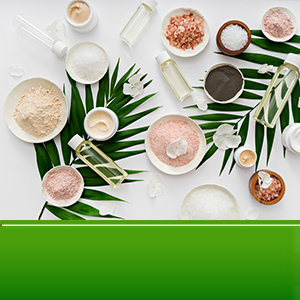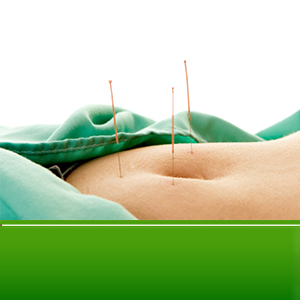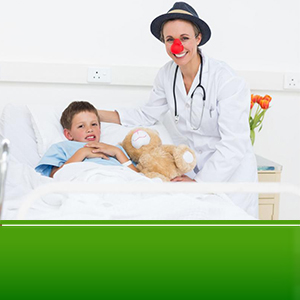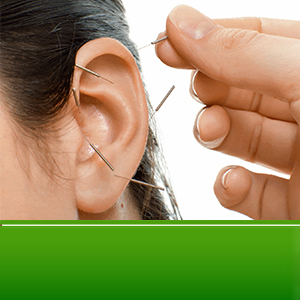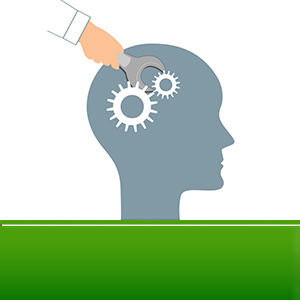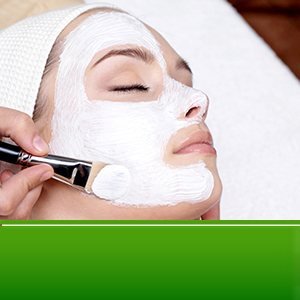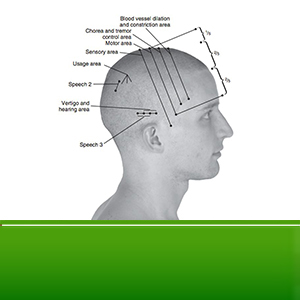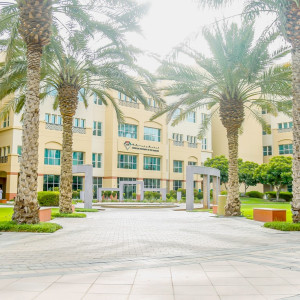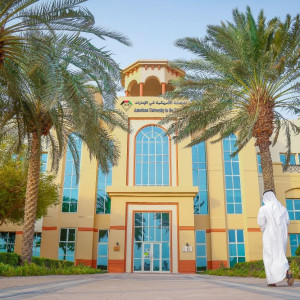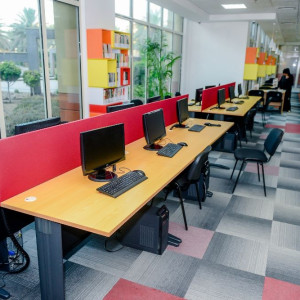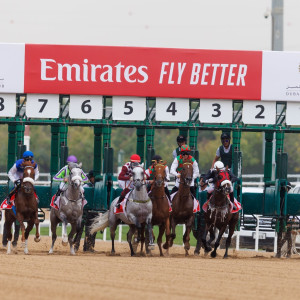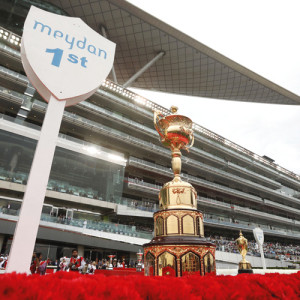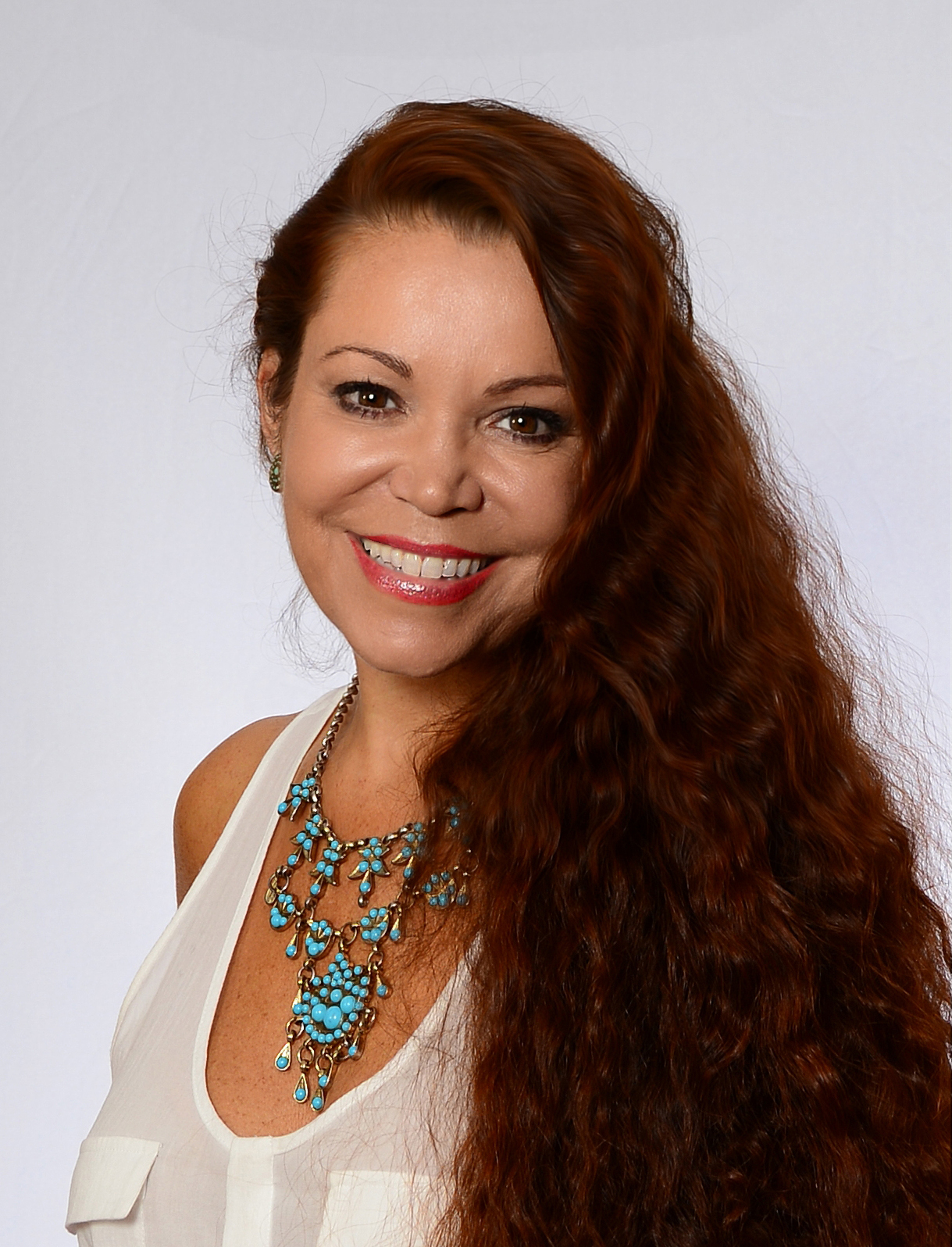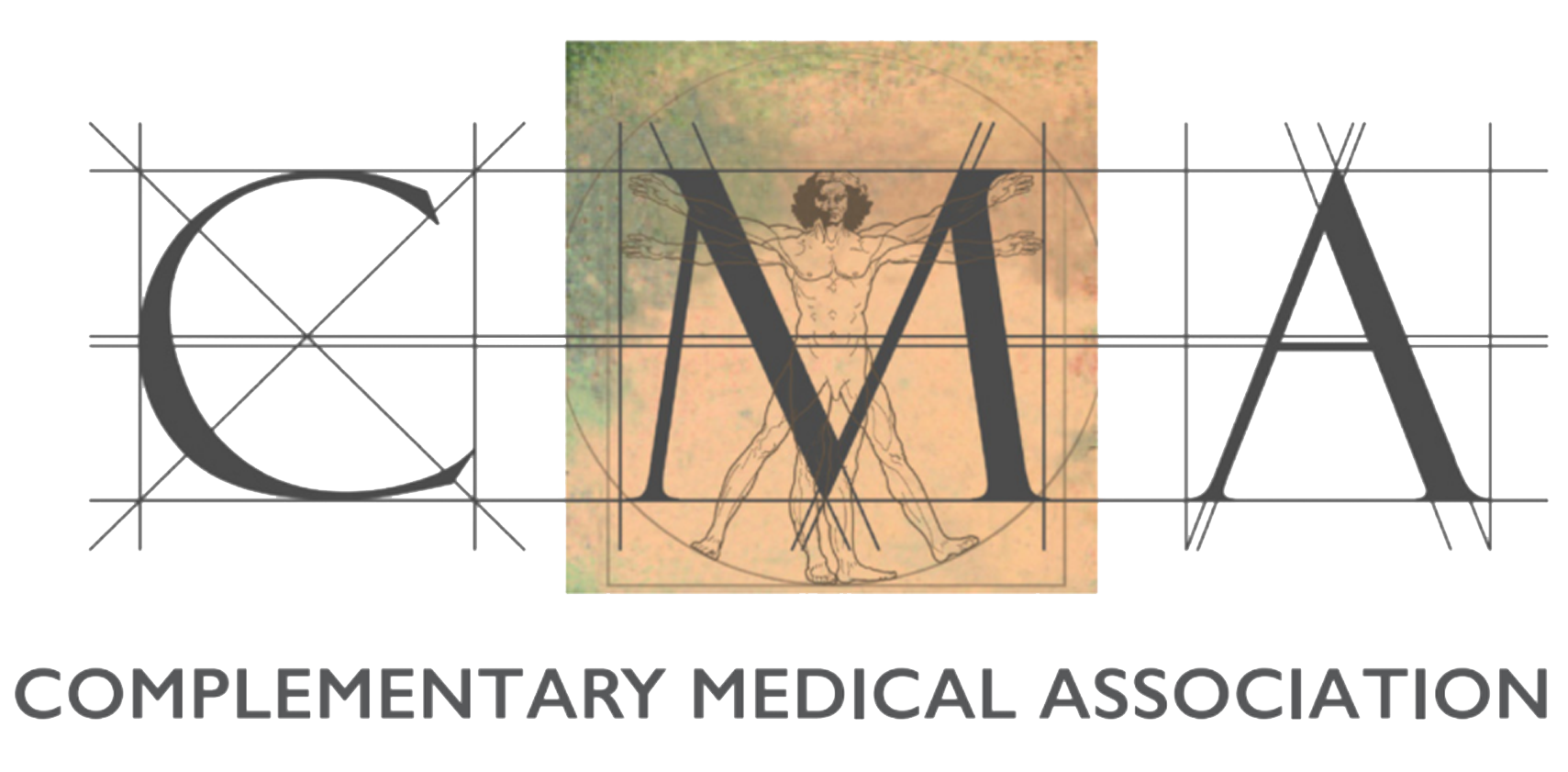
Register Now! Please, fill in your personal details and we will contact you shortly
Massage, Functional Mobilization and Rehabilitation

Audience
About the program
An easy to follow, practical course designed for the horse owner or handler to learn the useful skill of massage and functional mobilizations that will help their horse maintain a healthy musculoskeletal system and experience improved wellbeing and longevity in its working life.
Students will learn how massage therapy and functional mobilizations can help the horse physically by reducing muscles tension and stiffness alongside maintaining suppleness and flexibility; how massage techniques influence the soft tissue masses of the body and functional mobilizations help maintain healthy flexible joints.
Students will learn the physiological effects of massage. Its mechanical effect of enhancing the passage of waste laden venous blood. Its reflex effect of promoting relaxation as a result of triggering impulses in small sited nerve receptors in the skin and its stimulatory effect using specific faster brisk techniques. The causes of muscle spasms and tight muscles will be considered and how the application of massage and gentle mobilizations can help relax the muscles and soft tissues. There will be a focus on learning the main muscles in the body, understanding their function and movement and how dysfunction affects locomotion and physical comfort and health in general.
A sound foundation of knowledge will be given so that the student is able to perform a massage treatment correctly and with confidence and understand the importance of general health and safety procedures. In the classroom the student will learn about the theory of equine massage. This will cover everything from the initial contact and how to approach the horse, to understanding the horses body language and the different responses that the massage may elicit. The student will also learn in detail about the benefits of massage which are scientifically evidence based and the contraindications to massage. A general understanding of the mechanical effects of massage and the nervous reflex will also be discussed and the importance of the ‘four T’s’ which are temperature, texture, tenderness and tension and their role in the massage assessment.
Practical sessions will teach the student the principles of the different massage techniques and most importantly how and where to use them. In addition to the actual massage techniques, the student will begin to learn how to use their hands as effective and highly sensitive diagnostic and therapeutic instruments as they practice under the guidance of their instructor. They will learn how to read the horses body to bring relief to tense and painful areas and how different techniques can benefit certain conditions and problems. The student will learn a core massage routine, with an emphasis on learning how to adapt this general routine to suit each horses’ requirements. Prior knowledge of the equine muscular system will be necessary so that the student can identify issues so that they take a holistic approach to helping the horses condition improve through massage. Pre competition and post competition massage will be covered, and the techniques required for each.
Soft tissue mobilization focuses on restoring movement to the skin, connective tissue, ligaments, tendons, and muscles with the goal of modulating pain, reducing inflammation, improving tissue repair, increasing extensibility, and improving function. Joint mobilization and manipulation provide important diagnostic and therapeutic approaches for addressing musculoskeletal issues in equine sports medicine and rehabilitation. Joint mobilization is characterized as non-impulsive, repetitive joint movements induced within the passive range of joint motion with the purpose of restoring normal and symmetric joint range of motion, to stretch connective tissues, and to restore normal joint end-feel.
Recent scientific studies have shown the importance of ‘stretching’, as it is an important and relevant part of being a successful equine massage therapist so that you can help the horse use his body correctly. The theoretic elements of this module will include the benefits and contraindications, health and safety and the mechanics of stretching. The student will be taught the difference between passive and active stretching.
mobilization and the importance of both as part of a conditioning programme for the horse. In depth demonstrations will be given for passive and active stretching and also reflex exercises so that the student can understand how to perform each stretch and to understand the benefits of each exercise (i.e. which muscles are being activated). Stretching for the older and younger horses will also be covered. On completion of this section the student will be able to perform a programme of stretches and exercises to monitor the range of movement of the horse and to activate and stretch various joints and muscle groups. They will also be able to advise a client on suggested stretches and exercises following a massage treatment.
Students will learn how these methods can help the horse psychologically by promoting relaxation as well as the important role it can play in injury prevention, improved performance and faster recovery of the body after intense or demanding exercise. Another wonderful benefit is the power of touch helps grow trust and bond between horse and handler.
Students will gain a good understanding of the musculoskeletal system; how the skeleton and muscles work together, how to assess movement and muscles, how to do a maintenance massage and mobilizations and how to do a massage with a variety of massage techniques to address identified tension, soreness and or/ dysfunctional movement.
This programme will then cover in detail the benefits of sport massage, how and when it can be used appropriately to benefit wellbeing and performance. The various massage techniques will be discussed in detail, their specific uses, indications and contraindications reviewed, and how to apply them safely and effectively. Practical hands-on tuition is designed to ensure that the student develops aptitude in the performance of the various massage techniques, and is able to deliver them safely, skillfully and effectively.
This programme also covers key concepts in equine rehabilitation, exercise and exercise prescription, enabling the student to understand their potential role in returning their patient to full health and performance.
This programme is designed to provide the student with a solid grounding in therapeutic equine sports massage and rehabilitation, enabling them to offer a significant level of support within the equine field.
The most comprehensive program worldwide! It includes also Lymphatic Drainage Massage, Myofascial Release and Kinesiology Taping, for free!
Equine manual lymphatic drainage (EMLD) is a light, skin-stretching massage that helps promote the movement of lymphatic fluid out of swollen areas with a specific focus on the lymph vessels to help the flow of lymphatic fluid. Therapy is applied to the unaffected areas first, making it possible for the fluid to move out of the affected area or “decongest” the region. It helps open the remaining functioning lymph collectors, move protein and fluid into them, as well as help speed up lymph fluid flow through the lymphatics.
This course is designed to give the students an appreciation of the equine lymphatic system. The module focuses on the anatomy and physiology of the equine lymphatic system and its relation to the cardiovascular system in the horse.
How it promotes the functioning of the lymphatic vessels, facilitates the removal of metabolic wastes, excess water, toxins and bacteria, enhances activity of the immune system & and increases cellular oxygenation and nourishment.
Students will learn manual techniques to aid in lymphatic drainage and be able to recognize and suggest appropriate manual therapies for pathologies relating to the lymphatic system.
Myofascial release is an adjunct to equine massage. It aims to restore the form and function of fascia by modifying the cell permeability and realigning the collagen fibers in the body. Myofascial release is a powerful modality in reducing pain in horses and enhancing freedom of movement.
This course is at the forefront of scientific research in myofascial release. It is a very important treatment modality when working with myofascial restrictions that impact the horse’s pain, posture and movement, which also reduces performance.
The aim of the Myofascial release therapy course is to teach students the principles and concepts of Myofascial Release (MFR). Students will receive a sound knowledge of fascia and the techniques required to perform this highly effective therapy.
In practical sessions students will begin by revising the importance of palpation skills so they are able to confidently locate trigger points or knots in the fascia tissue that require treatment. There are various techniques that are used for myofascial release and the student will receive in depth demonstrations so that they have a thorough understanding of the different techniques and when to use them.
Kinesiology taping was first used on human athletes before commonly being used by chiropractors and physiotherapists with huge success. Now used on equines it provides a second skin that can either provide support and help with stabilization or can offer pain relief and aid healing, whilst still allowing mobility.
The student will learn about the concept of Kinesiology taping, an understanding of how it works, its many applications and the benefits. This is a very practical course and there will also be lots of ‘hands on time’ for the students to put into practice what they have learnt.
The theory is that when kinesiology tape is applied, it creates extra subcutaneous space, which changes the pressure gradient in the area underneath your skin. That change in pressure enhances the flow of lymphatic fluid. Changing the flow of lymphatic fluid could help bruises heal faster.
Kinesiology tape is also used to add extra support to muscles or joints that need it. Studies on athletes have shown that when kinesiology tape is used on fatigued muscles, performance improves.Kinesiology tape can help re-train muscles that have lost function or that have gotten used to an unhealthy way of working.
Each student receives the “Anatomy, Physiology and Pathology” worth 10,000 dirhams, for free!
The most comprehensive program worldwide! It includes also Lymphatic Drainage Massage, Myofascial Release and Kinesiology Taping, for free!




 About the college
About the college
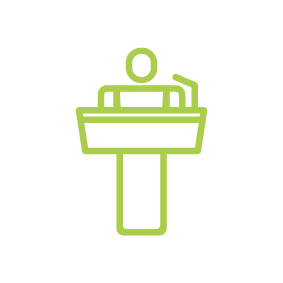 Lecturers
Lecturers
 Gallery
Gallery
 The Dean
The Dean
 CMA
CMA
 CMA President
CMA President
 Dubai Racing Club
Dubai Racing Club
 Dubai Equestrian Club
Dubai Equestrian Club
 Our partners
Our partners
